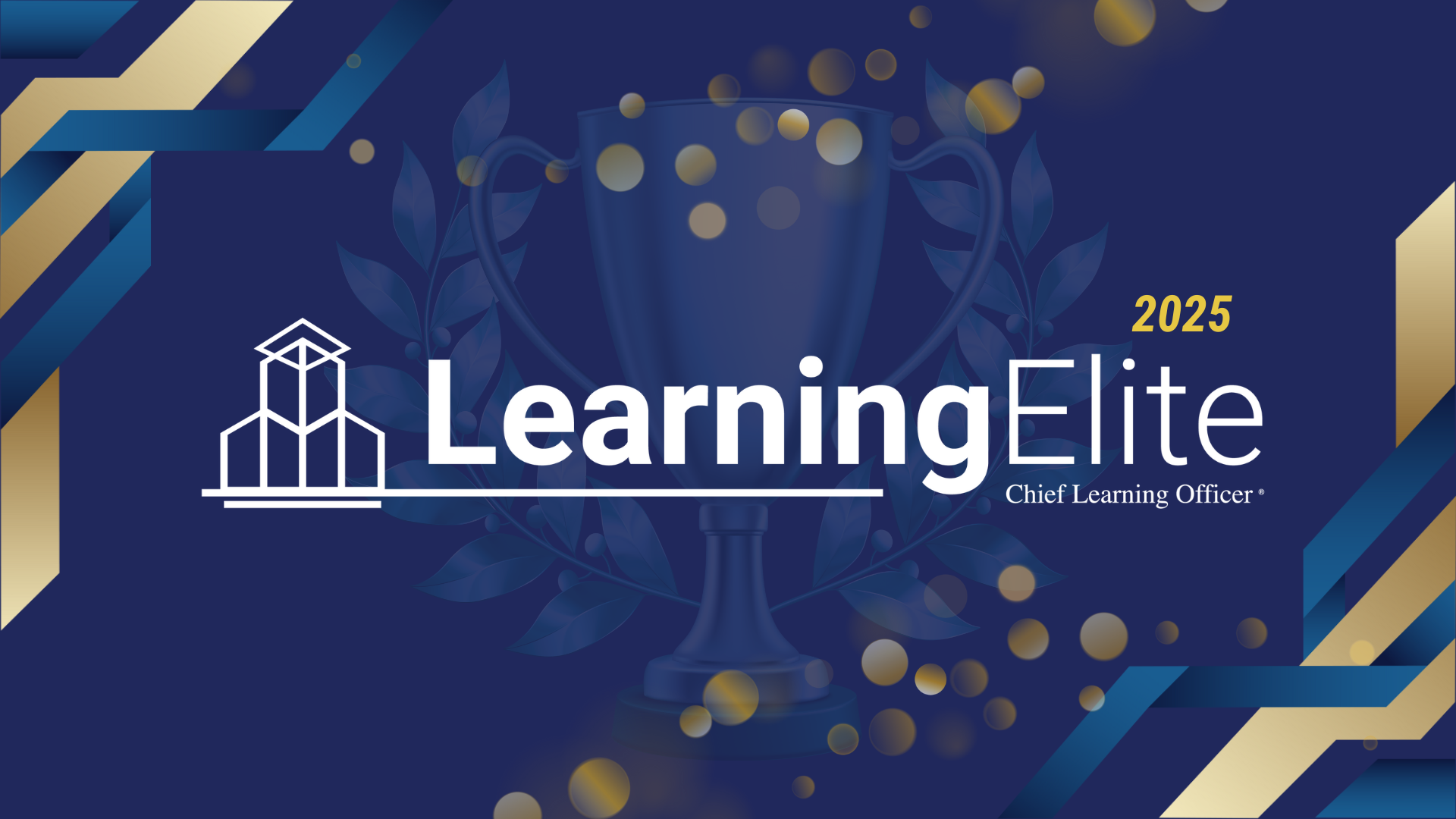Currently, many take a kind of manufacturing approach to learning, where the quality of the faculty, content or system is primary.
Although there is nothing wrong with this perspective, it tends to position the learner as a passive object that receives knowledge/skills. The time has come to place learners — the market — at the center of the learning experience as agents with central roles in their own learning pathway.
This market-based approach can be achieved via four steps:
1. Redefine learning challenges. To build a fit-for-purpose learning model, learning leaders need to change the nature of the questions they ask about delivery. The learner must be at the forefront of the agenda.
An old question is: How can I blend? Many people management professionals focus on how to blend face-to-face interventions with online learning to achieve core objectives. Old questions are not incorrect, but they can be limiting. The desired outcome of this strategy is to improve the learning experience, but it lacks awareness of the user’s needs and wants.
A new question should be: How can I enable? Enabling helps learners use and access relevant content at the point of need. Aligning delivery to users’ needs to achieve just-in-time learning is the principal target.
2. Socialize learning. Moving from a formal to an informal and collaborative learning environment raises employee engagement while sharing incidental but vital knowledge. The learner is at the center of the learning cycle, both distributing and benefiting from the content.
Global charity Save the Children uses situation-based, concise mobile learning videos called skill pills in social learning.
“Having such a wide reach of employees operating worldwide poses challenges for training,” said Samantha Hackett, employee development manager. “Mobile makes sense for us — it’s engaging, informal and accessible — an ideal support tool for our global workforce.”
3. Tag content. To facilitate a user-centric learning experience, learning leaders should link material with business issues or workplace challenges. Then when users are confronted with a situational problem, they can pull down useful material at the point of need.
For instance, U.K.-based telecommunications and Internet access company TalkTalk is experimenting with a creative and engaging tagging initiative that populated its offices with QR codes and augmented reality (AR) triggers.
“The process was very straightforward — employees simply hover their mobile over the AR- or QR-enabled posters and training material instantly streams via their device,” said Jo Taylor, head of resourcing and talent management. “For example, hover over a people poster and you are taken to content on working in teams.”
Taylor said strategically placed posters in different areas of the office, such as in the elevators, can train employees on elevator pitches.
4. Evolve the learning and development role. As the learner’s experience changes, the traditional role of a learning leader also must grow and move from a knowledge broker to a kind of Sherpa, guiding learners to resources they can use to take responsibility for their own career development. It’s time for learning leaders to rewire learning.
Gerry Griffin is director and CEO of Skill Pill M-Learning. He can be reached at editor@CLOmedia.com.
















